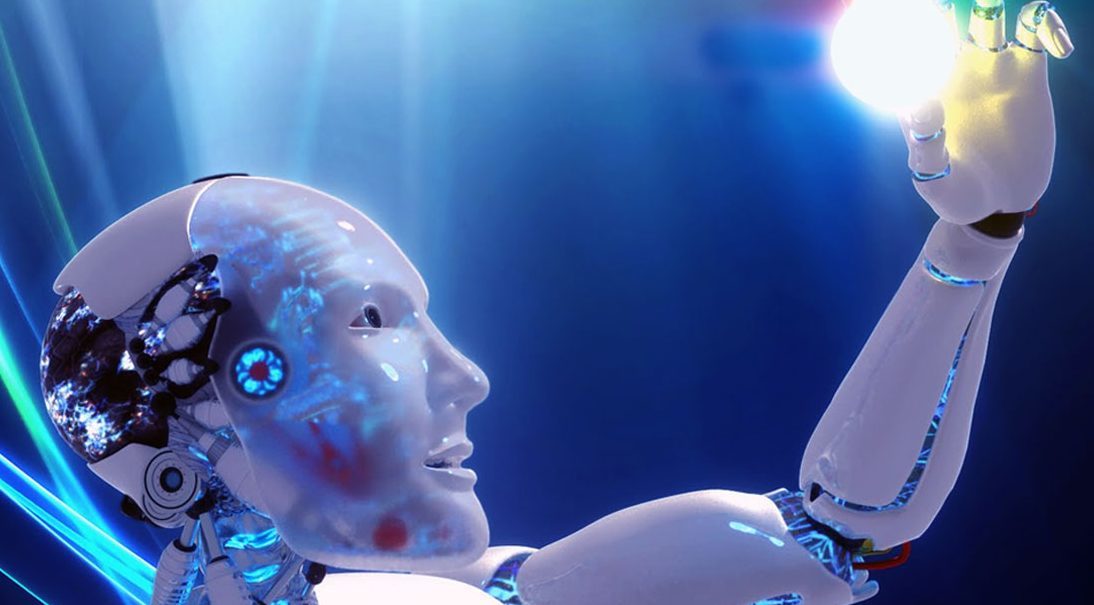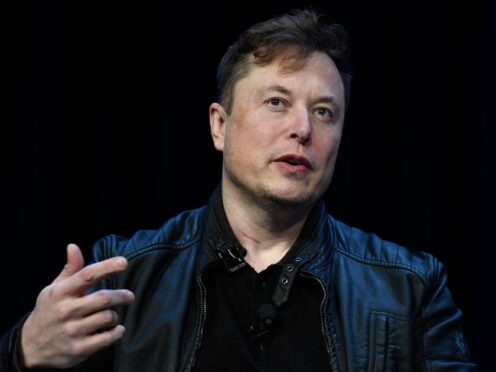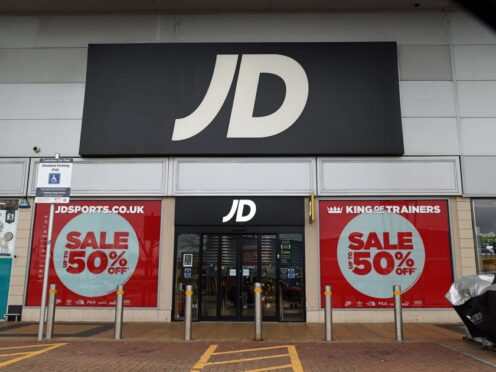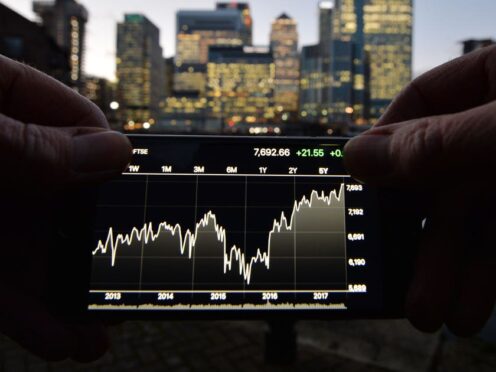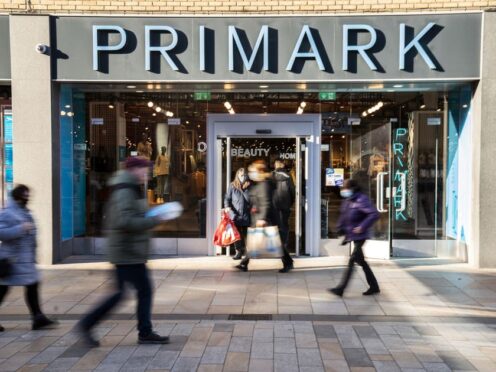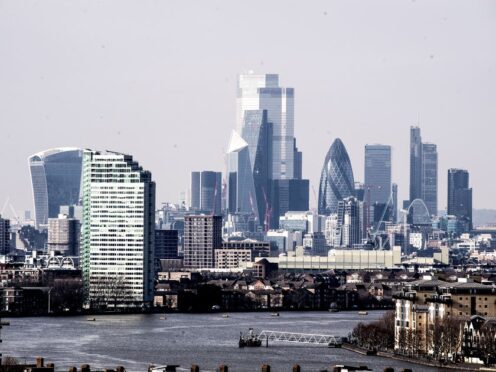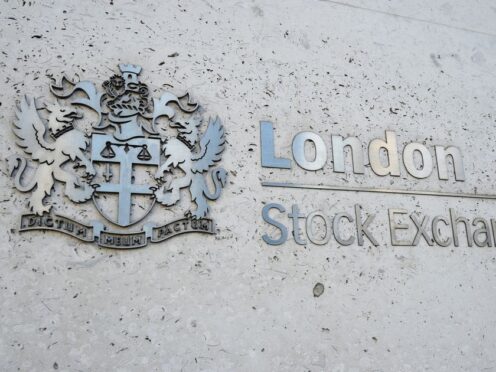With campaigning for the UK general election in full swing, and Brexit appearing to be the dominant issue for the parties and the media, a survey by two global business futurists has suggested that respondents want to look further ahead by focusing on a progressive reform agenda that positions the UK as a major player on the global stage over the next five years.
The Fast Future Publishing survey, conducted by The Future of Business authors Rohit Talwar and Steve Wells, concludes that electoral reform is the single biggest priority for under-35s while there is a clear sense that the global economy is being disrupted by exponentially advancing technologies such as artificial intelligence.
The survey, carried out between May 24 and May 27, saw participants asked a series of six multiple choice questions covering politics and security, social issues, economic priorities, the commercial world, science and technology policy, and environmental priorities.
For each question they were asked to select two options from a list of possibilities.
For each question, they could also add their own thoughts and comments on alternative priorities.
In a seventh open ended question, respondents were asked to suggest any other priorities that they considered critical to Britain’s long-term future.
The key findings included:
- Commercial World –A changing industrial mix and the rise of new sectors led to a clear focus on the need to develop human capital and encourage the creation of new ventures that can fill the potential employment gaps that might arise from technological disruption.The ideas prioritised included Encouraging companies to spend more on training and development (34%), Supporting the development of small to medium enterprises (33%), and Creating incentives for businesses to create jobs in their local communities (24%).
- Economic Priorities –A combination of continuity and solutions for impending disruption: Ensuring Britain retains access to the European single market (42%) was emphasised along with redistribution of wealth to the poorest in society (36%) and preparing for the economic and social impact of the potential replacement of jobs with technology (29%).
- Science and Technology Policy –National capacity building to help the UK compete globally is seen as a clear priority with an emphasis on increasing government investment in key fields of science and technology (55%) and Raising technology awareness and digital literacy across society (30%).
- Environmental Priorities –UK respondents are clear that renewable energy and a clean environment are key to ensuring a sustainable future for Britain –prioritising Accelerating investment in renewable energy generation (53%), Increasing environmental protection (33%), Improving air quality (19%), and Stronger environmental legislation for businesses (19%).
- Politics and Security – Electoral reform is the single biggest priority across all six questions – with 79% demanding discussion of a more representative electoral model.
- Social Issues –Politicians should be focused on a more effective health service (47%), an education system that prepares pupils for a fast-changing world (40%) and establishing a more caring and compassionate society (32%).
